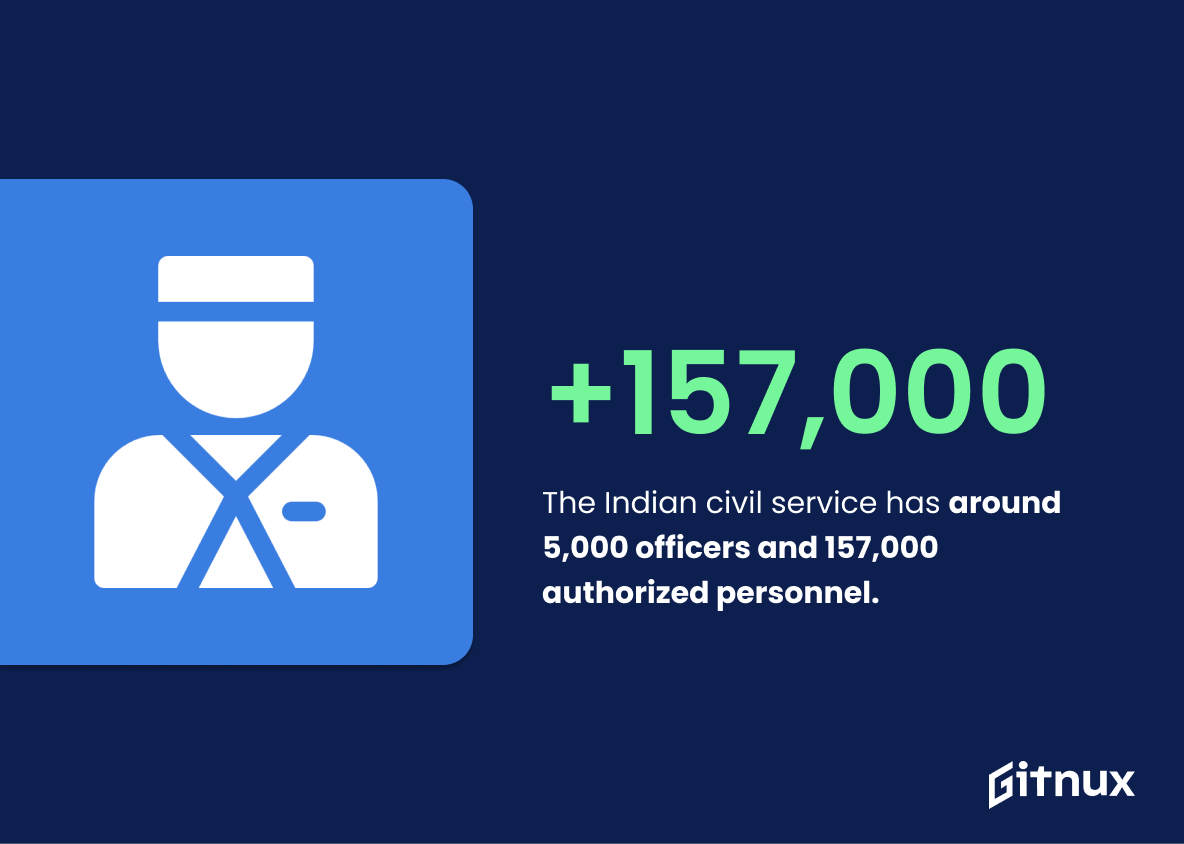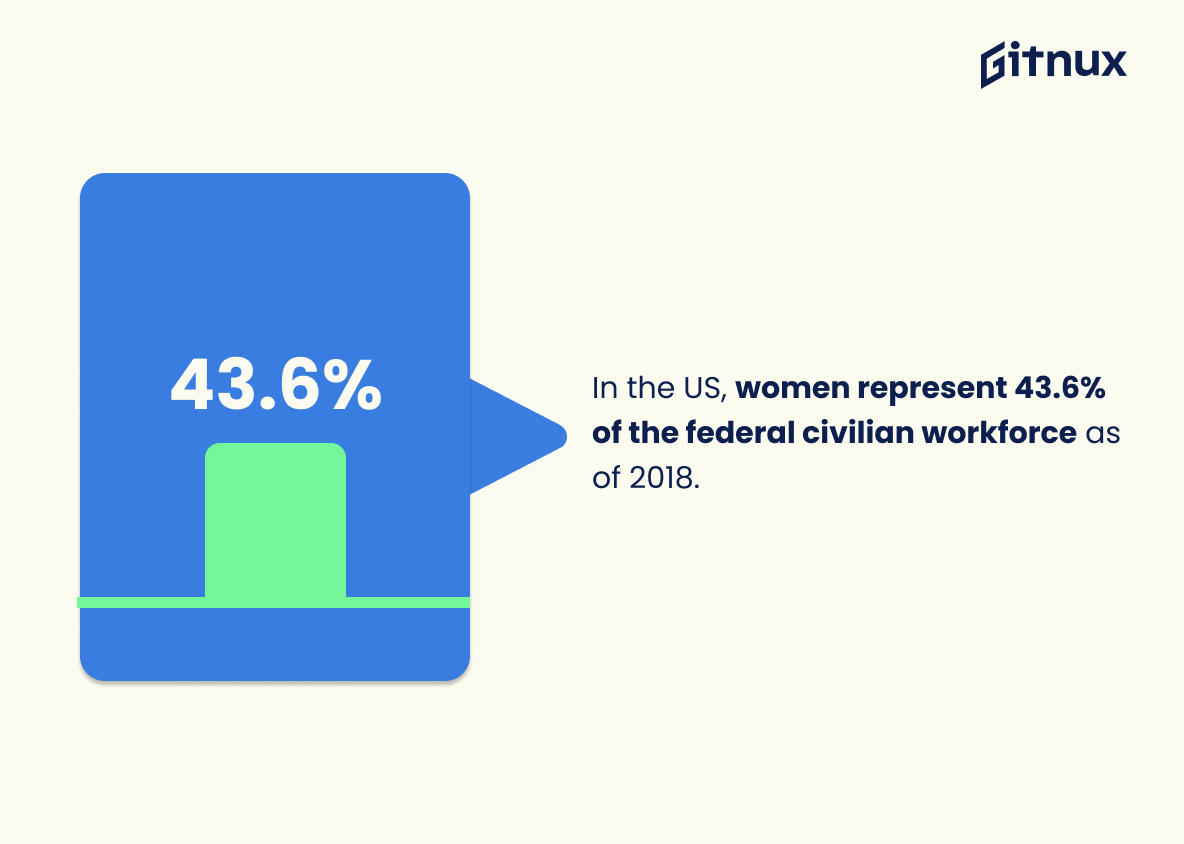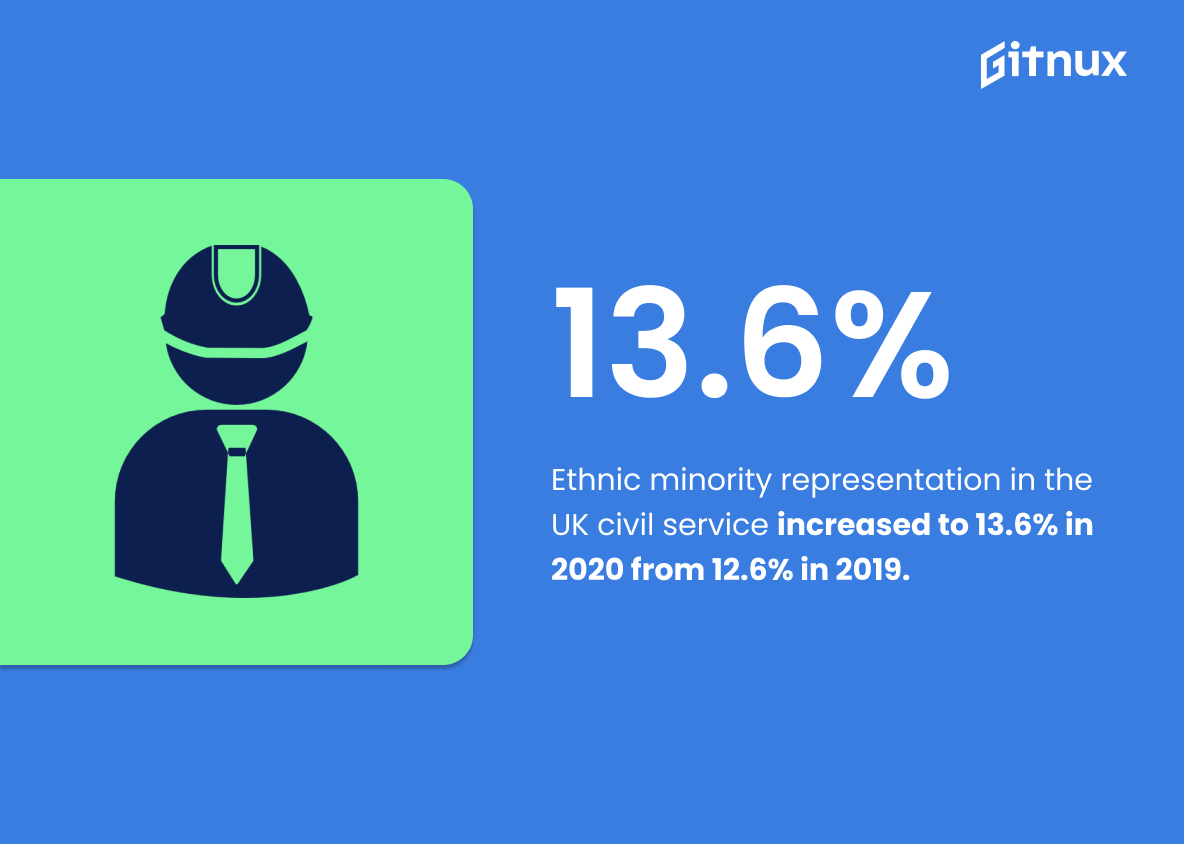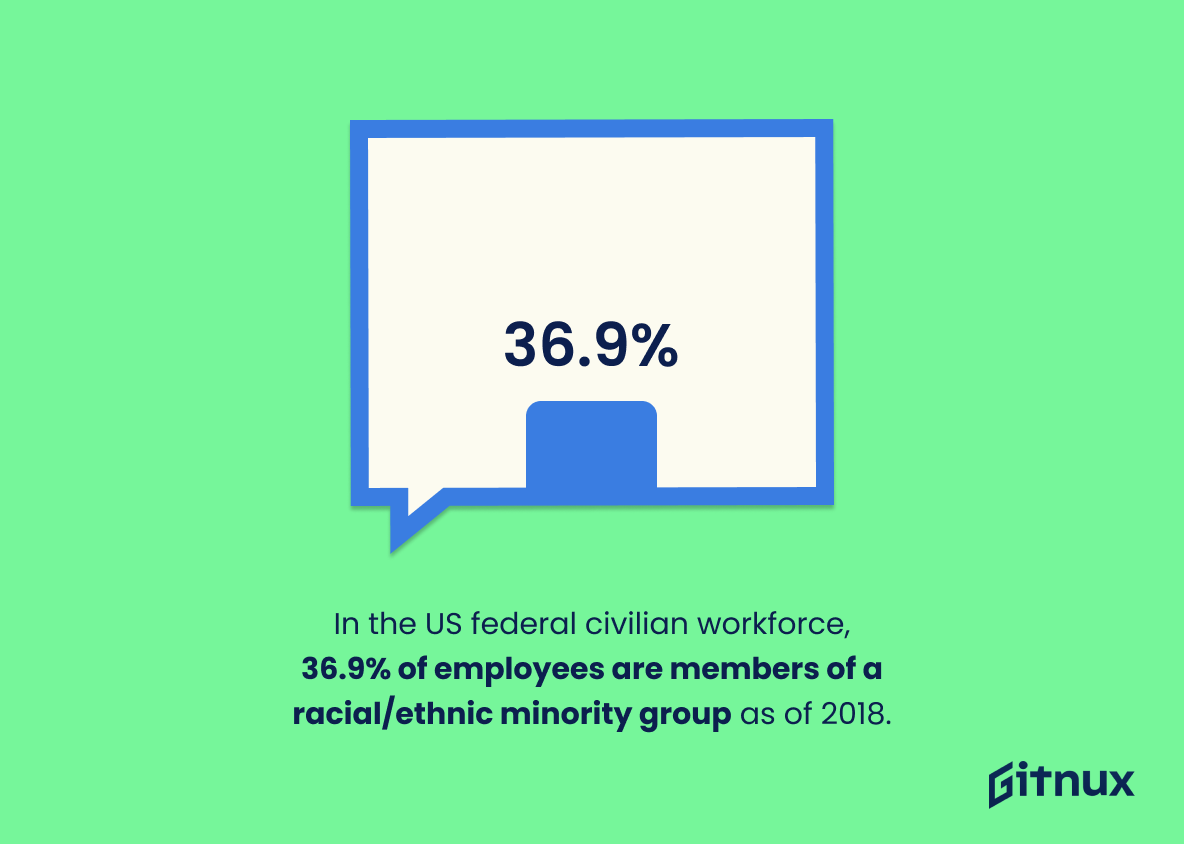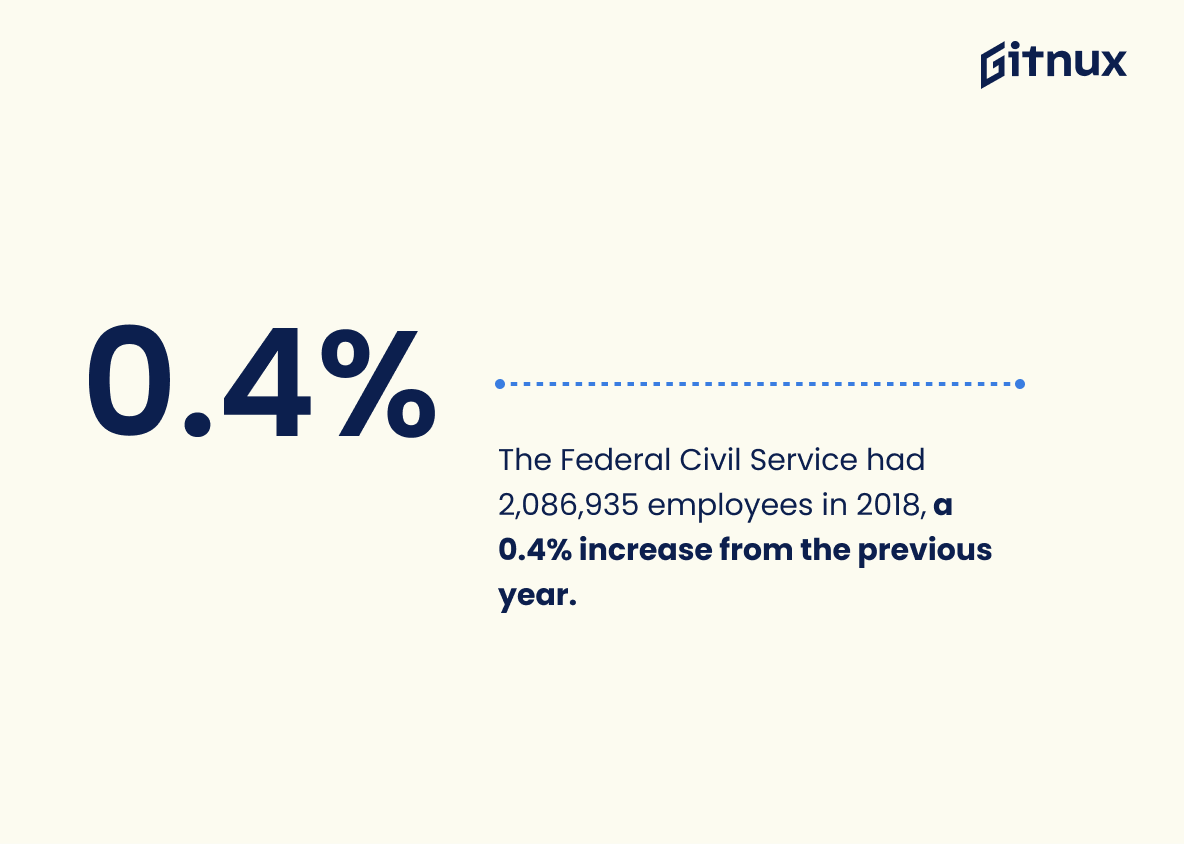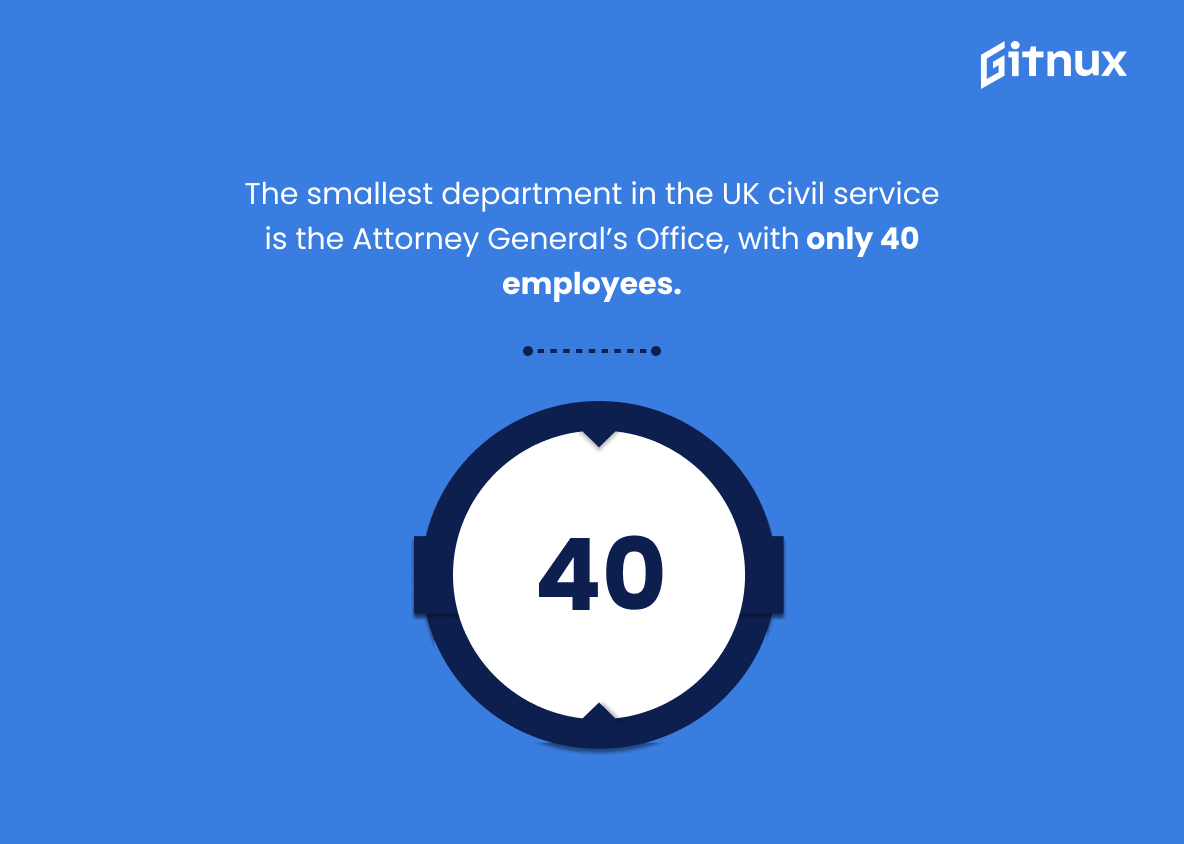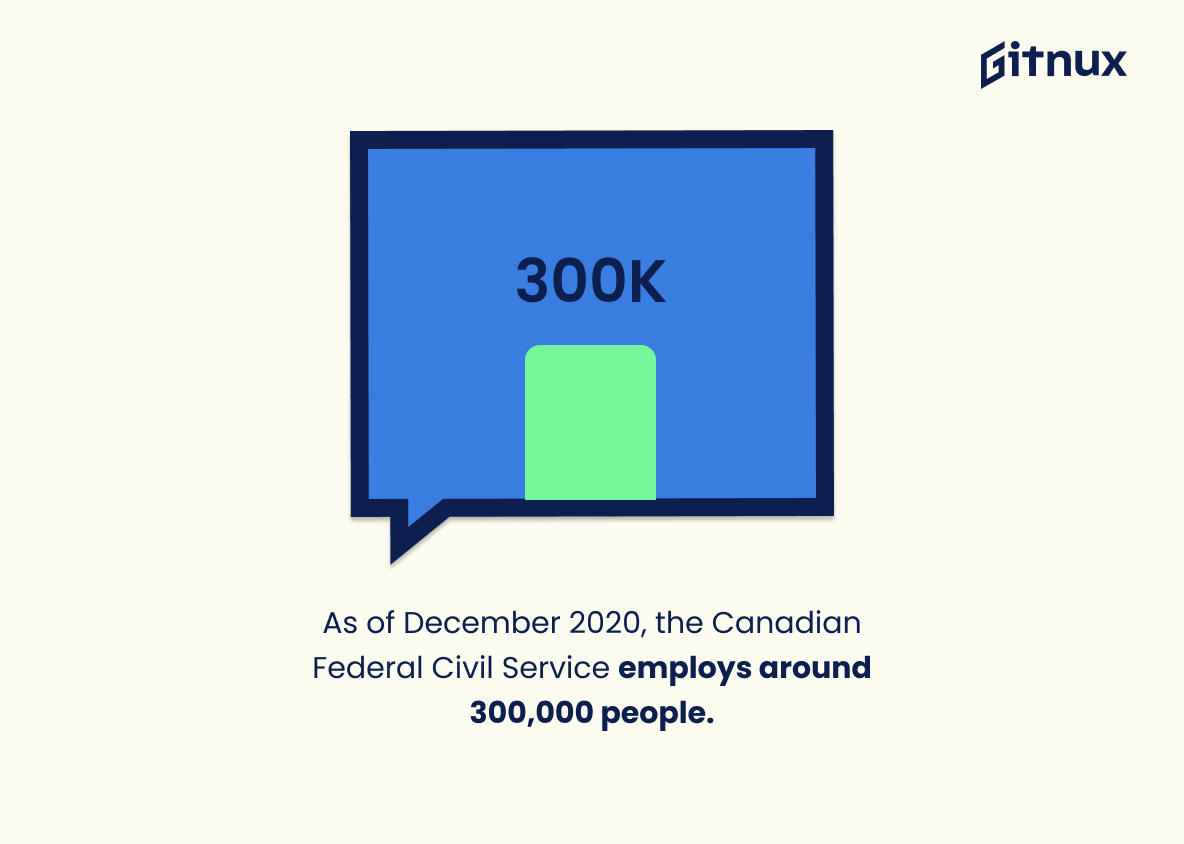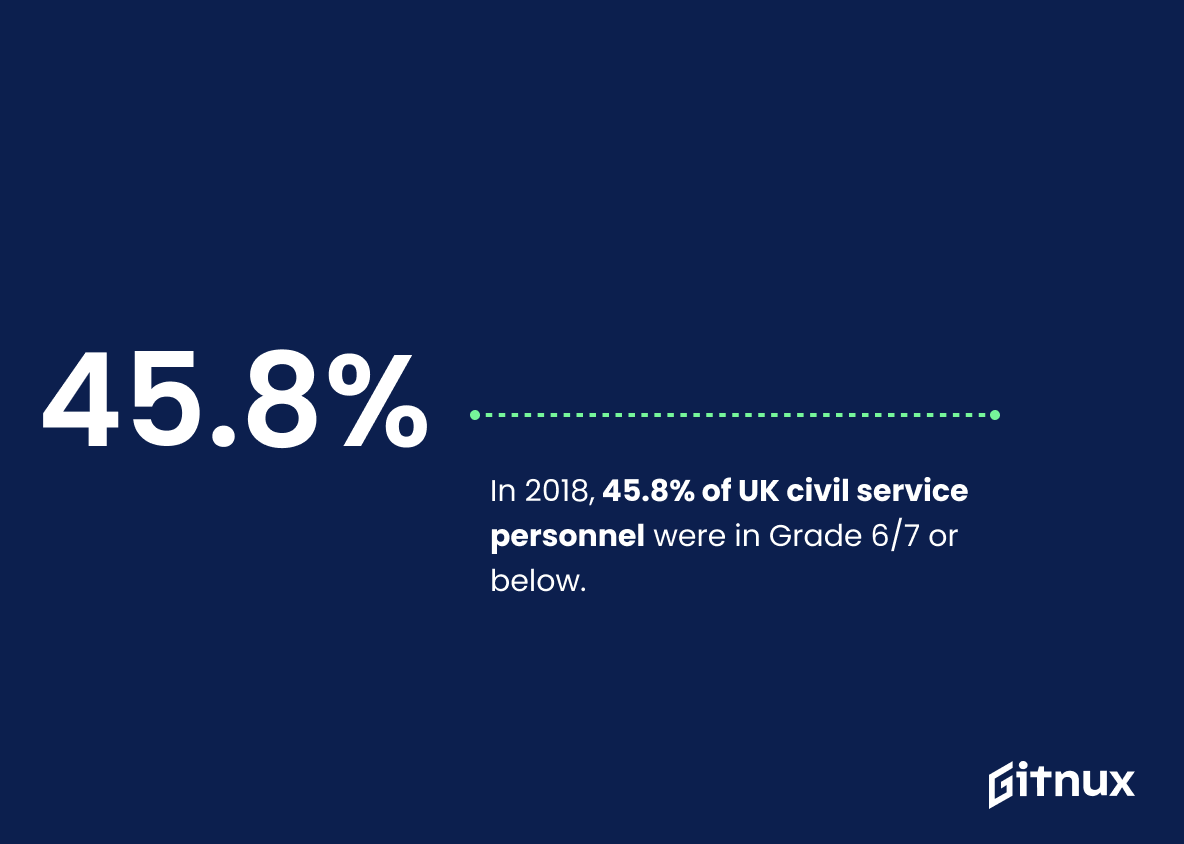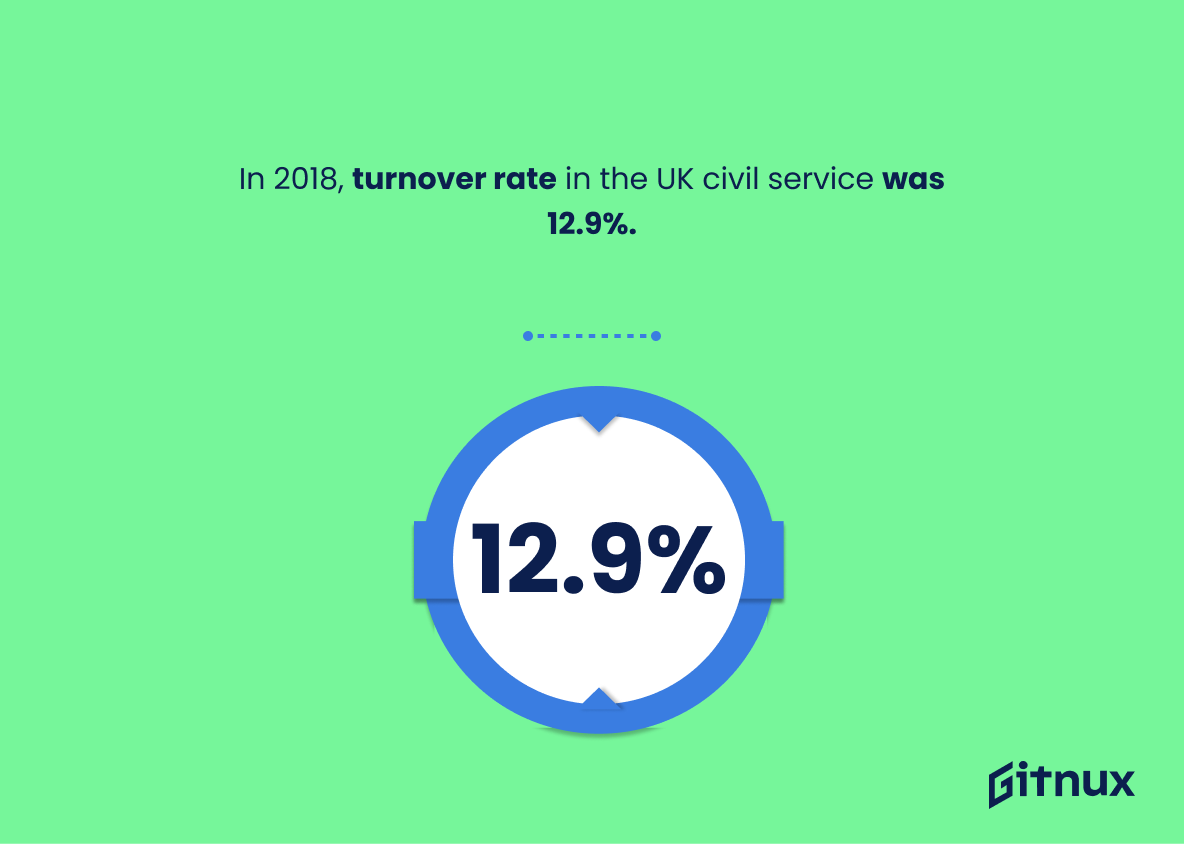The civil service is an integral part of any country’s government, and it plays a vital role in the functioning of society. In this blog post, we will be looking at statistics from various countries around the world to gain insight into their respective civil services. We’ll explore how many people work in each nation’s civil service, what roles they play within it, and other demographic information such as gender representation or average age. Additionally, we’ll look at salary data for US federal employees and turnover rates for UK personnel. By examining these figures side-by-side across different nations’ governments, we can get a better understanding of how public sector employment works on a global scale.
Civil Service Statistics Overview
The Indian civil service has around 5,000 officers and 157,000 authorized personnel.
This statistic is a powerful indicator of the sheer size and scope of the Indian civil service. It speaks to the immense responsibility and complexity of the tasks that these officers and personnel are entrusted with, and the sheer number of people involved in the day-to-day operations of the civil service. It is a testament to the dedication and hard work of the individuals who make up the civil service, and the importance of their role in the functioning of the Indian government.
57% of the UK civil service personnel work in operational delivery roles.
This statistic is significant in understanding the scope of the UK civil service. It reveals that the majority of personnel are engaged in operational delivery roles, indicating the importance of this sector in the civil service. This statistic provides insight into the structure of the civil service and the roles that personnel are undertaking.
In 2019, women made up 53.2% of the UK civil service.
This statistic is a powerful indicator of the progress being made towards gender equality in the UK civil service. It shows that the civil service is making strides towards a more balanced workforce, and that the efforts to promote gender diversity are having a positive effect. This is an important step towards creating a more inclusive and equitable workplace, and it is encouraging to see that the civil service is taking steps to ensure that everyone is given an equal opportunity to succeed.
In the US, women represent 43.6% of the federal civilian workforce as of 2018.
This statistic is a powerful indicator of the progress made in the US towards gender equality in the federal civilian workforce. It shows that women are increasingly being given the opportunity to work in the federal government, and that their contributions are being recognized and valued. This is an important step towards creating a more equitable and diverse workplace, and it is a testament to the hard work of those who have fought for gender equality in the workplace.
As of 2020, the average age of a UK civil servant is 45.4 years.
This statistic is a telling indication of the average age of civil servants in the UK. It provides insight into the age demographic of the civil service, which can be used to inform decisions about recruitment, training, and career progression. It can also be used to assess the effectiveness of initiatives to attract younger people into the civil service, as well as to identify any potential issues with the retention of older civil servants.
Ethnic minority representation in the UK civil service increased to 13.6% in 2020 from 12.6% in 2019.
This statistic is indicative of the progress being made towards greater diversity and inclusion in the UK civil service. It shows that the civil service is taking steps to ensure that all members of society are represented in the workforce, and that the civil service is becoming more representative of the population as a whole. This is an important step towards creating a more equitable and inclusive workplace, and it is encouraging to see that the civil service is making progress in this area.
In the US federal civilian workforce, 36.9% of employees are members of a racial/ethnic minority group as of 2018.
This statistic is a powerful indicator of the progress made in the US federal civilian workforce towards achieving diversity and inclusion. It shows that the federal government is making strides towards creating a more equitable and representative workplace, and that the efforts to promote diversity and inclusion are having a positive impact. This statistic is a testament to the importance of creating a workplace that is reflective of the population it serves, and it is a reminder that there is still work to be done in order to ensure that all employees are treated fairly and equitably.
The Federal Civil Service had 2,086,935 employees in 2018, a 0.4% increase from the previous year.
This statistic is indicative of the growth of the Federal Civil Service, showing that the number of employees has increased from the previous year. This is an important indicator of the health of the Civil Service, as it demonstrates that the organization is expanding and continuing to provide services to the public. This growth is also a sign of the confidence that the public has in the Civil Service, as more people are choosing to work for the organization. This statistic is an important part of understanding the Civil Service and its impact on the public.
The top three US agencies by employment are Department of Defense (730,000), Department of Veterans Affairs (327,755), and Department of Homeland Security (233,820).
This statistic is a powerful reminder of the sheer size and scope of the US government. It highlights the fact that the Department of Defense, Department of Veterans Affairs, and Department of Homeland Security are the three largest employers in the US, with a combined total of 1.291 million employees. This demonstrates the importance of the civil service in the US and the impact it has on the economy.
The smallest department in the UK civil service is the Attorney General’s Office, with only 40 employees.
This statistic is a telling indication of the size of the UK civil service, highlighting the fact that even the smallest department is still made up of 40 employees. It serves as a reminder that the civil service is a vast and complex organisation, with a wide range of departments and personnel.
In 2020, there were approximately 150,000 public sector employees in Australia.
This statistic is a telling indication of the size and scope of the public sector in Australia. It provides a snapshot of the number of people employed in the public sector, and the impact it has on the economy. It also serves as a benchmark for future growth and development of the public sector, and can be used to measure the effectiveness of government policies and initiatives. In short, this statistic is an important indicator of the state of the public sector in Australia.
As of December 2020, the Canadian Federal Civil Service employs around 300,000 people.
This statistic is a testament to the sheer size and scope of the Canadian Federal Civil Service. It serves as a reminder of the immense responsibility that the Civil Service has in providing services to Canadians and managing the country’s resources. It also highlights the importance of the Civil Service in the Canadian economy, as it employs a significant portion of the population. This statistic is a powerful reminder of the importance of the Civil Service and its role in the Canadian economy.
In 2018, 45.8% of UK civil service personnel were in Grade 6/7 or below.
This statistic is a telling indication of the composition of the UK civil service personnel. It reveals that almost half of the personnel are in Grade 6/7 or below, which implies that the majority of the civil service personnel are in lower-level positions. This is significant as it highlights the need for more opportunities for career progression and development within the civil service.
In 2019, the median salary for US federal government employees was $71,015.
This statistic is a telling indication of the financial state of US federal government employees. It provides insight into the wages of those who are employed by the government, and can be used to compare the salaries of federal employees to those of other sectors. This information can be used to assess the effectiveness of the government’s efforts to provide fair and equitable wages to its employees. Additionally, it can be used to evaluate the overall economic health of the country, as the salaries of federal employees are reflective of the nation’s economic standing.
In 2018, turnover rate in the UK civil service was 12.9%.
The statistic that ‘In 2018, turnover rate in the UK civil service was 12.9%’ is a telling indicator of the state of the civil service. It provides insight into the rate at which employees are leaving the civil service, and can be used to assess the effectiveness of the civil service in retaining its staff. This statistic is important to consider when discussing civil service statistics, as it can be used to identify areas of improvement and to ensure that the civil service is providing a satisfactory working environment for its employees.
From 2018 to 2020, the number of UK civil servants working in London remained around 88,000-89,000.
This statistic is significant in the context of Civil Service Statistics as it provides a snapshot of the number of civil servants employed in London over a three-year period. It is an important indicator of the size and scope of the Civil Service in the capital, and can be used to assess the impact of any changes in policy or staffing levels. Furthermore, it can be used to compare the number of civil servants in London to other regions of the UK, providing a valuable insight into the regional distribution of the Civil Service.
Conclusion
The civil service is a vital part of any country’s government, and the statistics presented in this blog post demonstrate just how large and diverse these services can be. From the UK to India, from the US to Australia, there are millions of people employed by their respective governments in various roles. The data also shows that women make up a significant portion of many countries’ civil services – over half in some cases – while ethnic minority representation has been steadily increasing across all nations studied here. Additionally, it appears that most civil servants work at lower-level positions such as operational delivery roles or Grade 6/7 or below; however salaries remain relatively high compared to other sectors. Finally, turnover rates vary between countries but have remained fairly consistent within each nation over time. All together these figures paint an interesting picture about who works for our governments around the world today and what they do on a daily basis.
References
0. – https://www.en.wikipedia.org
1. – https://www.instituteforgovernment.org.uk
2. – https://www.abs.gov.au
3. – https://www.opm.gov
4. – https://www.lop.parl.ca
5. – https://www.ons.gov.uk
6. – https://www.fedscope.opm.gov
